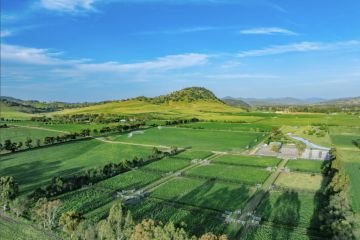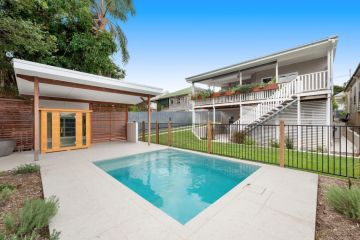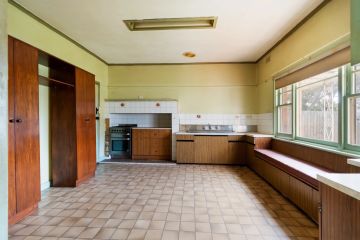House prices in some Queensland state school zones rise by up to 40 per cent
House prices have skyrocketed by up to 40 per cent in some of Queensland’s state school catchment zones, a new report has found.
With the new school year just underway, the Domain Group has released its annual school zones report, uncovering the primary and secondary government school catchment zones that have experienced the highest house price growth rates in 2016.
Despite a 3.5 per cent decrease in Brisbane city price growth last year, top performing primary and secondary catchment areas in southeast Queensland have seen between 19 and 40 per cent growth in prices.
Out of the top 10 primary school catchment zones for house price growth in Australia, Logan Reserve State School ranked second, recording a staggering 40 per cent growth over the past 12 months.
The median price within that catchment zone, which takes in the suburb of Logan Reserve only, has risen from $426,799 to $597,500.
Local real estate agent Christopher Liu attributed Logan Reserve’s growth to its unique semi-rural landscape.
“Over the past 15 months or so we’ve had a lot of interest from developers who are buying up acreage properties here to subdivide,” he said.
“But even the established housing is doing so well; we’re getting a lot of interest from people who want that country town feel with all the amenities on hand.”
Sunshine Beach State High was the only Queensland secondary school to feature in the top 10 secondary school zones for price growth, up 19.1 per cent over the past 12 months.
The median price in that catchment zone, which includes affluent suburbs such as Noosa Heads, Sunshine Beach, Sunrise Beach, Noosaville and Tewantin, has risen from $705,000 to $840,000.
Domain Group chief data scientist Nicola Powell said the boundaries of school catchment zones were often a “critical factor” in the property decision making process for parents, influencing where a child can be enrolled.
“Usually house price growth is reported based on capital cities and suburbs but when school catchment zones are overlaid with Domain’s property market data, it paints a whole new picture of price trends that may be useful for parents or investors on the property journey,” Dr Powell said.
“A school can be considered desirable for many reasons, often which are personal and unique to the family, but Domain’s School Zone Report paints a whole new picture around supply and demand.
“This is looking at price growth in a different way; making sure you have as much information as possible.”
Ms Powell said while the data did not necessarily always correlate with the “best-performing” schools according to academic results, there was sometimes a relationship between high house price growth and catchment zones.
“While there’s many factors that can influence price growth in a certain area, we know from anecdotal feedback from both agents and parents that a desirable school zone can influence prices by up to 10 to 15 per cent,” she said.
Some of Brisbane’s best performing schools made the top 10 list for catchment zone house price growth, including West End State School (up 21.7 per cent), Brisbane State High School (up 11.1 per cent) and Indooroopilly State High School (up 9.6 per cent).
We recommend
States
Capital Cities
Capital Cities - Rentals
Popular Areas
Allhomes
More







